Amanda Schneeweis
Project Manager
Northwestern University
Amanda is the program manager for Team Awatramani! Her background is in Alzheimer’s disease research but is very excited to contribute to the PD field! Amanda is based in Chicago, IL.
Recent ASAP Preprints & Published Papers
Leucine-rich repeat kinase 2 impairs the release sites of Parkinson’s disease vulnerable dopamine axons
The end-stage pathology of Parkinson’s disease (PD) involves the loss of dopamine-producing neurons in the substantia nigra pars compacta (SNc). However, synaptic deregulation of these neurons begins much earlier. Understanding the mechanisms behind synaptic deficits is crucial for early therapeutic intervention, yet these remain largely unknown. In the SNc, different…
Molecular and spatial transcriptomic classification of midbrain dopamine neurons and their alterations in a LRRK2G2019S model of Parkinson’s disease
Several studies have revealed that midbrain dopamine (DA) neurons, even within a single neuroanatomical area, display heterogeneous properties. In parallel, studies using single cell profiling techniques have begun to cluster DA neurons into subtypes based on their molecular signatures. Recent work has shown that molecularly defined DA subtypes within the…






